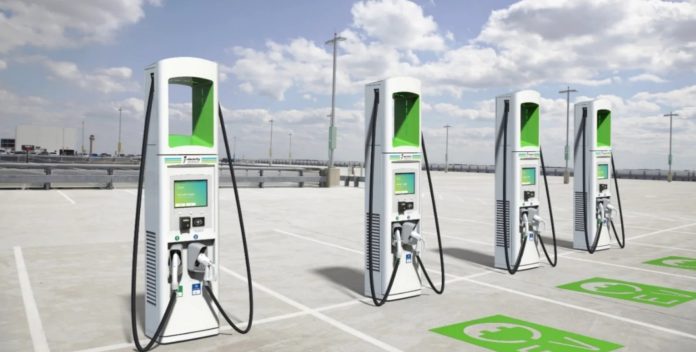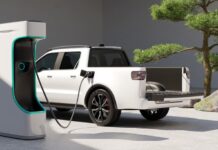The world of electric vehicles (EVs) can be a bit complex and complicated to those who are just starting to learn about its concepts and jargon. EVs are, without a doubt, the future of transport for a cleaner, more efficient, and cheaper alternative to private transport.
If you are considering upgrading to an EV in the near future, you’ll no doubt be scouring the internet to learn everything you’ll need to know about them.
In this article, we’ll cover the basics you’ll need to know, not just about EV charging but about type 2 EV charging specifically. Let’s delve!
What is Type 2 EV Charging?
There are two main types of electric vehicle charging methods currently available on the commercial market; type 1 EV charging and type 2 EV charging.
Type 1 EV charging refers to older models of EV that use the first generation of charging technology developed. We are talking about the first-ever wave of electric cars built. Thankfully, these EVs are fairly uncommon now and type 1 EVs (and their charging outlets) are being phased out in favour of type 2.
There are several reasons for this, but primarily, type 2 charging and type 2 EVs are more efficient at using electricity and will generally have larger battery capacities as well as a larger total range.
Type 1 EV charging is still common for PHEVs (hybrid petrol and electric vehicle hybrids). However, most modern PHEVs are transitioning to type 2 charging methods for the same reasons as fully battery electric vehicles.
How Do I Know If My EV Is Type 1 or Type 2?
When you are looking to buy an EV, the salesperson or the data pack that comes with your purchase will usually give you all the information you’ll need about your EV. This includes if it is a type 1 or type 2 EV.
They should provide this data pack if you are buying second-hand from a private seller. If they don’t, the easiest way to check is by looking at the charging plugs.
- A type 1 charging plug will feature 5-pins and won’t fit any type 2 charging stations.
- A type 2 charging plug will feature 7-pins and won’t fit anything else but type 2 charging stations.
If your EV is a type 1, adapters and converters can be purchased to convert your type 1 plug into a type 2 plug for use at type 2 charging stations.
Different regions of the world have different kinds of charging apparatus.
What are Single-Phase and Three-Phase Type 2 Charging?
When you buy a charger for your home setup or use a public charging point, you’ll likely see the phrases single-phase and three-phase.
A single-phase charger is what is used in domestic settings. Almost every home will have a single-phase electricity supply, meaning that only single-phase chargers can be used at residential properties.
Single-phase chargers include everything from a 3-pin emergency charger that plugs into your home wall socket to a high-end 7kW charger.
Three-phase chargers are used in commercial and industrial settings due to the kind of power supply these properties will have access to. Three-phase chargers can provide 22kW, 50kW and 150kW rapid charging to most type 2 electric vehicles.
When you use public charging stations, these will be three-phase charging stations. As a rule of thumb, three-phase charging stations are much faster at charging your EV but will be more expensive.
What’s The Difference Between Socket and Tethered Type 2 Chargers?
When you buy a charger for your home, you’ll most likely have to choose between a socket connection type and a tethered one. Your choice largely depends on your lifestyle and how you plan to use your EV.
For instance, a tethered type 2 charging point functions much like a regular fuel pump. The cable is always tethered to the charger, and this tethered cable can be connected to your EV to charge it.
A socket-type 2 charger is essentially an untethered charger in that the cable can be detached from the charger itself, allowing the cable to be transported with your EV.
There are benefits to both setups, but most EV owners tend to opt for the untethered option as it provides more options for charging your EV.
What Charging Cable Do I Need For Type 2 Charging?
You don’t need to worry about getting the wrong cable when buying accessories for your EV setup. Most EV charging cables will be labelled as a type 1 or a type 2 cable – and there are only two types currently.
You need to be careful about travelling internationally with your EV, for example, in Europe or Asia.
If you travel internationally, you’ll need to ensure you have the right adapter to charge your EV – similar to how handheld electronics or laptops need plug socket adapters.
To Summerise
Buying your first EV can be challenging, but we hope our guide about EV technology, jargon, and type 2 EV charging has helped you learn about the future of transport!


































